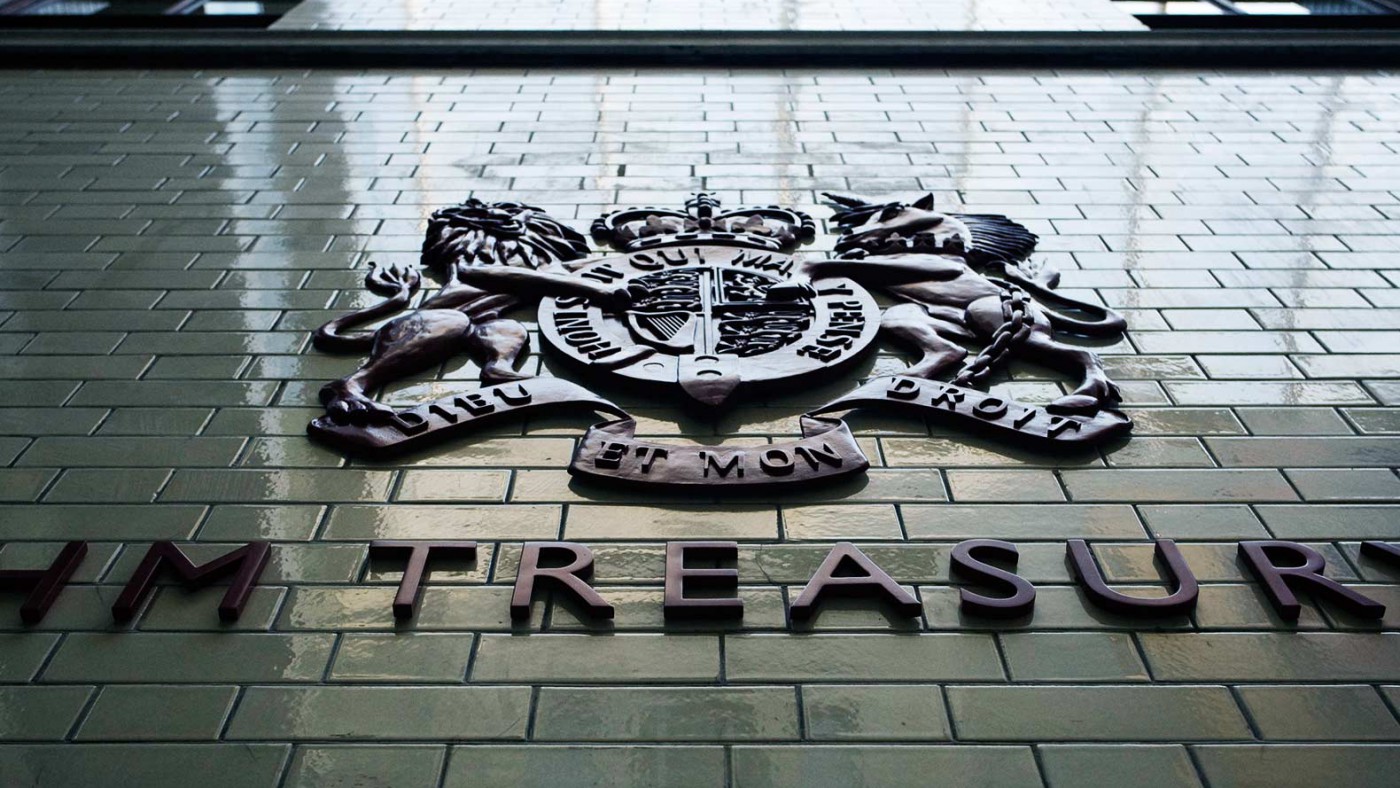If you had become Chancellor of the Exchequer out of the blue, as a result of a political upheaval that threatened to knock the economy sideways and make a mockery of all previous forecasts, you would probably take the opportunity to say you “no longer seek to deliver a surplus” within the current parliament while remaining “firmly committed to seeing the public finances return to balance as soon as practicable” but “leaving enough flexibility to support the economy in the near-term”.
That segment of Philip Hammond’s Autumn Statement was almost completely meaningless. It can never be tested against results unless a miraculous upswing actually does deliver a fiscal surplus by 2019-20, in which case Hammond, if still in office, will be a national hero. He said it simply because, in the unique circumstance of the post-referendum-pre-Brexit-negotiation hiatus, he can.
And alongside it he delivered the bad news that public debt will peak above 90 per cent of GDP next year with aplomb and a thin smile — as well he might, since no one can yet blame him or seriously expect him to make the sort of savage spending cuts that might significantly reduce that figure.
So his forecasts — which may swing wildly in either direction as Brexit takes shape, and were probably intended to err on the side of gloom — were the least interesting part of his speech. Far more important was the passage about the UK’s limp productivity, and the Chancellor’s urge to prioritise “additional high-value investment, specifically in infrastructure and innovation”, that will contribute to raising it.
Here we began to glimpse the shape of a positive, even holistic, economic strategy — under the umbrella of a National Productivity Investment Fund — in a way that we generally could not do in the speeches of his predecessor George Osborne, packed as they were with political gimmicks, feints and beartraps.
Hammond was right to emphasise the need for more research and development spending, though his Labour shadow John McDonnell was also right (it was one of the few telling points in his rambling despatch-box response) to say that the promised extra £2 billion makes a tiny difference that leaves the UK still way below the OECD benchmark for R&D spending.
Rightly too, the Chancellor boosted export finance capacity, and alluded to “the longstanding problem of our fastest growing technology firms being snapped up by bigger companies, rather than growing to scale” — because the UK’s venture capital sector lacks both patience and critical mass.
So we sense that Hammond — who again unlike his predecessor, has hands-on experience in a variety of business sectors, including start-ups — has a blueprint in mind for a more productive and competitive enterprise economy.
He understands that “reliable transport networks are essential to growth and productivity”; that we need far better digital infrastructure, up to and including “full-fibre 5G”, to replace the dodgy broadband many small businesses and home workers have to put with today; and that affordable housing within a bearable commute of the workplace is another vital piece of the productivity jigsaw.
He just doesn’t have the resources to hand to make all this happen, however, and as a good Conservative thinker he doesn’t believe the state’s role should be bigger than it already is, except in the case of market failure.
The truth is his £23 billion National Productivity Investment Fund won’t actually amount to a great deal when spent over five years. His housing market interventions — including infrastructure for 100,000 new homes in areas of high demand, and funding for 40,000 affordable units — are all to the good but won’t come close to solving the national housing crisis unless accompanied by radical changes of planning rules and incentives to local authorities to re-engage with housing need.
As for his transport announcement, “£220 million to address traffic pinch points on strategic roads” isn’t likely to transform anyone’s productivity, while the Northern Powerhouse rail route, which really could make a difference, remains no more than “options” in development on a Whitehall drawing board.
But we could not reasonably have expected our out-of-the-blue Chancellor to throw more taxpayer money than he has at these areas, even while temporarily free from the straitjacket of an imminent need to balance the books.
And we must hope that “the lowest corporate tax rate in the G20” at 17 per cent when it finally arrives, combined with another round of business-rate relief for smaller businesses, acts as a powerful catalyst for business investment as well as a counterweight to Brexit uncertainty.
In summary, Hammond has set out a thoughtful framework for a more productive UK economy, but not much beyond that. The vision, on this occasion, said a lot more than the numbers.


